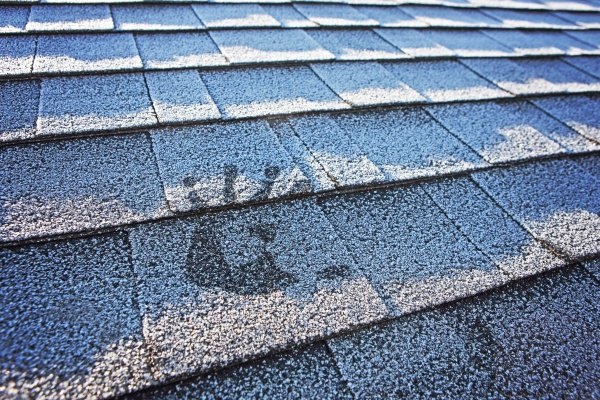Can I Still Replace My Roof in Winter?
The quick answer is yes, you can replace your roof in the winter. The key is picking the right day. Cold weather affects the materials used in replacing your roof, especially with asphalt shingles. If the weather drops below 40 degrees, asphalt shingles become brittle and stiff and hard to work with…because they break easily. If the weather drops below 40 degrees, the shingles may need to be kept in the back of the truck or heated area until they are being used. This may cause a longer turn around time with your project.
Try not to replace your roof during a snow or ice storm. This may seem like common knowledge, but you would be surprised how often we are asked. Because the hazardous conditions for the workers, you also don’t want an ice dam to develop. If snow or ice sticks around on a roof for more than several days, an ice dam may begin to form. Ice dams occur when a layer of snow sits on a roof and begins to melt (from the sun or the warmth of the house itself). The water from the melting snow, then runs down the roof to the eaves, where it can refreeze and begin to build up and create a mound of ice, or ice dam.
If you are using metal to replace your roof in the winter. Weather temperature has little to no affect on metal roofing.
The last thing, and perhaps and important thing to remember when replacing your roof in the winter, is the human element. A roof is replaced by humans, not robots. Working outdoors in extreme conditions can take a toll on a roofer. During cold weather, roofers will need to take breaks to stay warm and mobile. This can add time to a project, but it keeps everyone safe and precautions need to be taken.
Just remember these things when looking to replace your roof during the winter.
If you are not sure about your roof replacement, call BB Roofing for a free, no obligation inspection today. The damage from snow, wind and hail can be difficult to spot. BB Roofing has HAAG certified inspectors in Nebraska, Kansas and Iowa that will ensure your home has not been damaged. Once we review the whole house, we will work with you to put together the best solution to getting it fixed; a solution that works with your budget and timeline.

